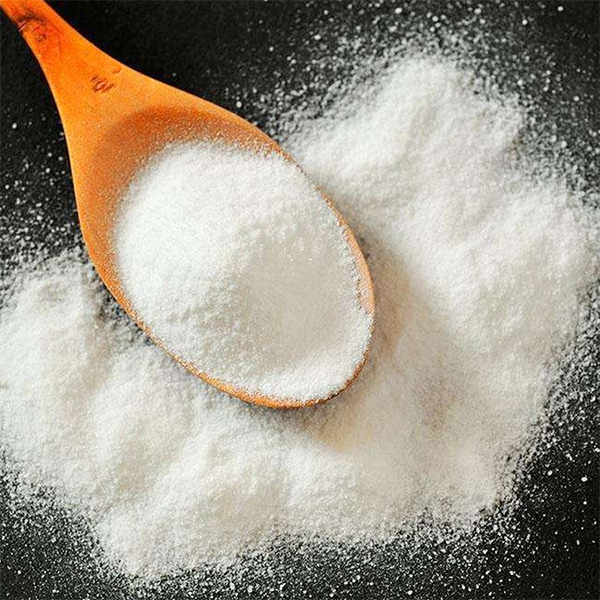Additive for Cement Enhancing Performance and Sustainability
Cement is one of the most widely used materials in construction, forming the backbone of concrete, which is essential for building infrastructures such as roads, bridges, and skyscrapers. However, the production of cement is an energy-intensive process, accounting for approximately 8% of global carbon dioxide emissions. To mitigate these environmental impacts and improve the performance of cement, the use of various additives has gained significant attention in recent years. This article explores the role and benefits of additives in cement, focusing on their performance enhancement and sustainability contributions.
Understanding Cement Additives
Additives are materials added to cement to enhance its properties, improve workability, and extend its longevity. They can be categorized into two main groups chemical additives and mineral additives. Chemical additives, such as superplasticizers, accelerators, and retarders, are specifically designed to alter the setting times, workability, and strength of cement. Mineral additives, on the other hand, typically include supplementary cementitious materials (SCMs) like fly ash, slag, and silica fume, which can enhance the overall quality of concrete by improving its mechanical properties and durability.
Performance Enhancement
One of the primary reasons for using additives in cement is the enhancement of its performance. For instance, superplasticizers can significantly increase the fluidity of cement mixtures, allowing for better workability without adding excess water. This not only simplifies the mixing process but also results in higher density and strength in the final product.
Moreover, using mineral additives like fly ash can rework the microstructure of hardened concrete, leading to improved strength and durability over time. These materials can fill voids in the cement matrix, resulting in denser and less permeable concrete. The presence of silica fume, another effective mineral additive, is known to enhance the strength and durability of concrete by refining the particle size distribution of the cement paste.
Sustainability Benefits
additive for cement

In an era where sustainability is paramount, the use of additives in cement production offers considerable environmental benefits. Many mineral additives, such as fly ash and slag, are byproducts of industrial processes. Incorporating these materials into cement helps reduce waste and lowers the demand for virgin resources, thereby conserving natural raw materials.
Furthermore, the use of SCMs can reduce the amount of clinker, the main ingredient in cement, required in the concrete mix. This reduction is vital, as the production of clinker is responsible for a significant portion of cement’s carbon footprint. By substituting a portion of clinker with SCMs, it is possible to lower CO2 emissions substantially. Studies have shown that the use of 30-50% fly ash in place of traditional clinker can cut emissions by up to 25%.
Challenges and Future Perspectives
Despite the numerous advantages of using additives, several challenges remain. The variability in the performance of industrial byproducts, such as fly ash, can affect the consistency and quality of the resulting concrete. Furthermore, the regulatory environment is often complex, with varying standards and guidelines that govern the use of additives in different regions.
The future of cement additives lies in ongoing research aimed at optimizing their performance and sustainability benefits. Innovations in material science are paving the way for the development of new additives that can cater to specific engineering requirements while further minimizing environmental impacts. For instance, bio-based additives that enhance the chemical properties of cement while being environmentally safe are an area of burgeoning interest.
Conclusion
Additives for cement play a crucial role in enhancing performance and supporting sustainability efforts in the construction industry. By improving the workability, strength, and durability of concrete while simultaneously reducing the environmental impact of cement production, these materials contribute to more resilient and eco-friendly infrastructure. As the construction industry continues to prioritize sustainability, the exploration and application of innovative cement additives will undoubtedly shape the future of building materials, driving us closer to a more sustainable built environment.
-
Rdp Powder: Key Considerations for Wholesalers in the Building Materials IndustryNewsJul.08,2025
-
Key Considerations for Wholesalers: Navigating the World of Hpmc - Based ProductsNewsJul.08,2025
-
Hpmc Detergent: Key Considerations for WholesalersNewsJul.08,2025
-
Key Considerations for Wholesalers: China Hpmc For Tile Adhesive, Coating Additives, Concrete Additives, and MoreNewsJul.08,2025
-
Crucial Considerations for Wholesalers: Navigating the World of Construction MaterialsNewsJul.08,2025
-
Key Considerations for Wholesalers Sourcing Additive For Cement, Additive For Concrete, Additive For Putty from Additive Manufacturer Shijiazhuang Gaocheng District Yongfeng Cellulose Co., Ltd.NewsJul.08,2025




